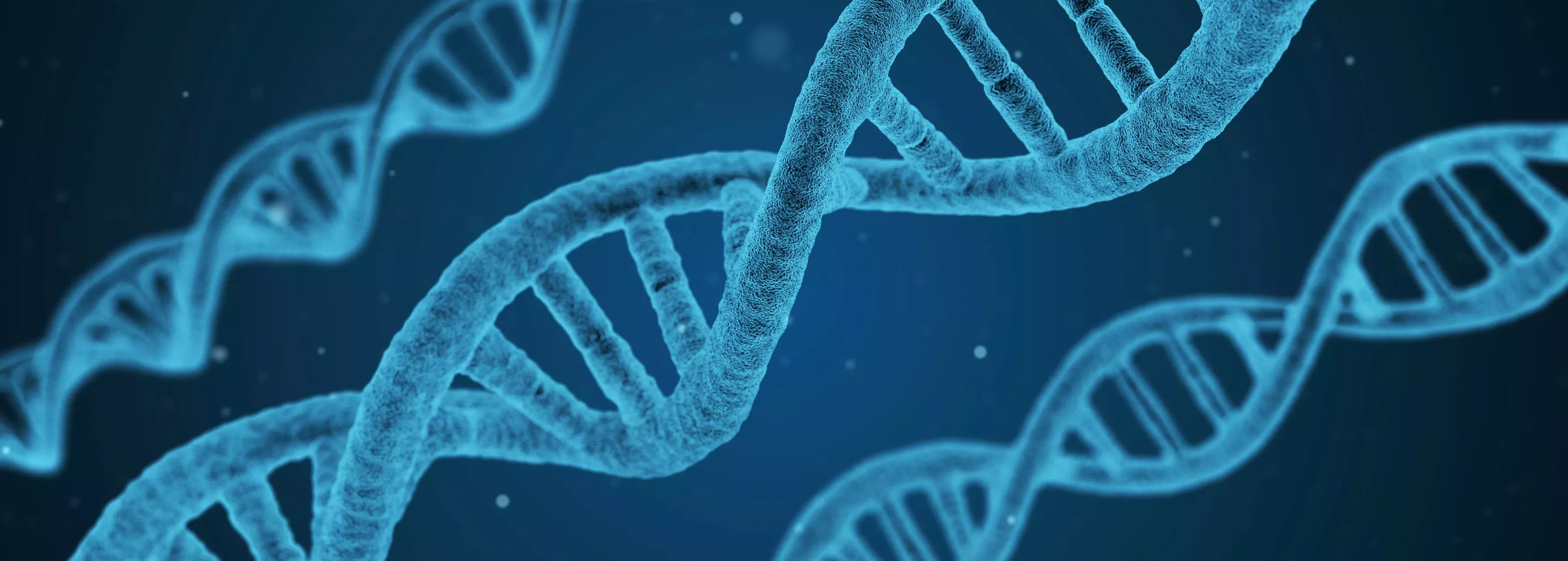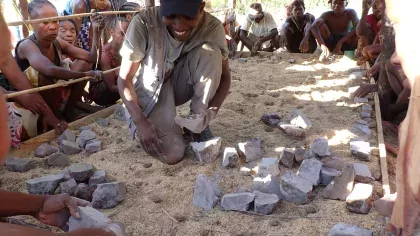11 March 2024
The fungal drug discovery revolution
How fungal self-resistance is driving a revolution in natural product drug discovery.

The fungal kingdom is the source of some of the most important medicines ever discovered. Some of these fungal-derived medicines have proved to be so effective that they have re-defined what was previously thought to be medically possible.
In a recent review article, we mapped the distribution of ALL drugs sourced from fungi – even those currently in clinical trials – onto a fungal taxonomic tree. We’ve been able to see trends in the types of fungi that give us these life-saving medicines.
Interestingly, we see that fungal drug discovery research has so far focused on only a narrow portion of the fungal family tree, perhaps reflecting a bias towards the species that are easy to grow in a lab.
In our article we also reveal new innovations that are driving a revolution in fungal drug discovery, one of these being the concept of 'self-resistance'.

Surviving an organ transplant thanks to fungi
A question you might hear from time to time is, why do fungi produce compounds that match with human drug receptors?
The answer is that they don’t do it on purpose. It's something that happens unintentionally due to the similarity in drug receptors between humans and other organisms.
A drug molecule is like a key to a matching lock, a drug receptor. These receptors are often structurally very similar between humans, insects and even fungi, so the same drug can have on effect on completely different forms of life.
A drug sourced from fungi that exemplifies this concept is cyclosporine. In the early 1980s, surgeons were trying to master the art of organ transplantation, but with little success. The human immune system doesn’t like foreign organs being implanted and tends to attack them; cyclosporine was the drug that solved this problem.
Cyclosporine is derived from the fungus Tolypocladium inflatum which infects beetle larvae. Before the introduction of cyclosporine, nobody survived with a transplanted organ for very long. After the introduction of cyclosporine, reports of successful organ transplants began to be reported across the medical literature.


Why would an insect-infecting fungus want to suppress the human immune system?
The answer is it doesn’t, but what it does care about is suppressing the immune system of the insects it infects. Cyclosporine suppresses the immune system of its insect host and likely also inhibits competitor fungi trying to hitch a free ride. The biochemical pathway it acts on to achieve both these effects is called the calcineurin pathway, and in humans this controls a key part of the immune response.
Intriguingly, cyclosporine is not the only immunosuppressant discovered from a fungus. A more recent example is the compound myriocin, produced by Isaria sinclairii, which also infects insect larvae. Myriocin inspired the creation of the synthetic compound fingolimod which is one of the leading treatments for the autoimmune disease multiple sclerosis. It also happens to be one of the best-selling drugs of all time.

The fungal wars that fight heart disease
Insects are similar to humans at a biochemical level but so are fungi. A classic example of how fungal-human similarity plays out in nature and transfers to the clinic is the statin drugs, which are used to treat high cholesterol in humans. Lovastatin, used commonly today, is produced by fungi such as Aspergillus terreus.
Clearly fungi don’t care about human cholesterol levels, so why do they make statins?
The answer is that lovastatin is toxic to fungi. It inhibits an enzyme called HMG-CoA reductase which fungi use to make ergosterol, an essential component of the membranes that hold fungal cells together. Lovastatin likely helps the fungi that produce it to defend their patch against rival fungi species.
So why does lovastatin end up working in humans to lower cholesterol? In humans, HMG-CoA reductase is used to make cholesterol. In other words, a compound produced by fungi to deter other fungi inadvertently has benefits for humans due to the similarities in key drug receptors between fungi and humans.
We highlight in our recent paper that of all the fungal-derived compounds used as medicines, almost all of them have some kind of antifungal activity, even those not used as antifungal drugs.
The great chemical battles between fungi, where one species is attempting to shut down the core biochemical machinery of its competitor, may result in compounds being produced that are beneficial for treating human disease.

Using fungal genes to find drugs
This all begs the question, if fungal-derived compounds such as lovastatin and cyclosporine are antifungal, why do the fungi that make them not end up killing themselves?
The answer to this can be found in their DNA.
If we follow the long double-helix strands of fungal DNA, eventually we'll find the genes that code for the creation of these helpful drug compounds. Next to these genes, we find something rather surprising: an extra gene that codes for the drug receptor targeted by the drug itself. Incredibly, the instructions to both the key and the lock are located together in the DNA of the fungus that makes the drug.
The twist is that in many cases this extra drug receptor gene has been mutated.
For example, a fungus that is producing lovastatin has a lovastatin receptor that has been mutated so it can't interact with lovastatin. In effect, the fungus has gained immunity to its own weapon. By making a drug receptor that doesn't respond to the antifungal effects of the drug, the fungus now has something that its competitors don't: the poison and the antidote.
Intriguingly, this means that if we search for these self-defence genes with modern DNA-analysis tools, we can gain clues to the pharmacological effects of fungal chemicals before we even know what the chemicals are.
The bottom line is that we’ve found a completely new way of discovering drugs from nature.
This idea is now driving a revolution in natural product drug discovery that has attracted the attention of large pharmaceutical companies with deep pockets. A question for us here at Kew now is what might be lurking in our fungal collections.





